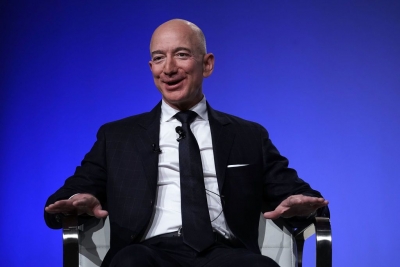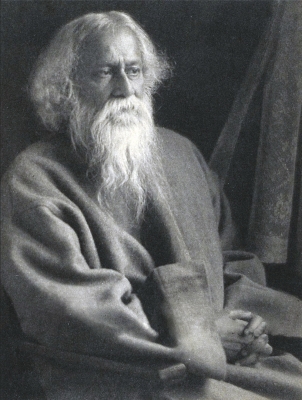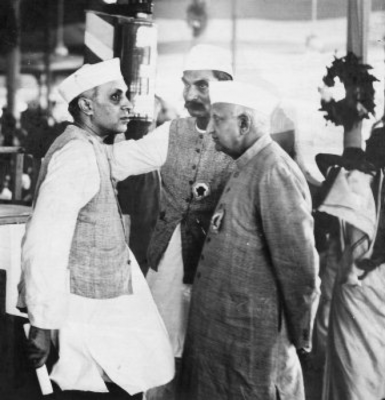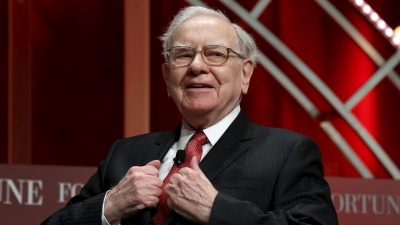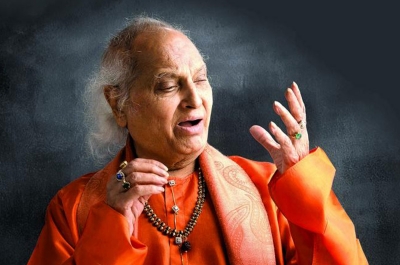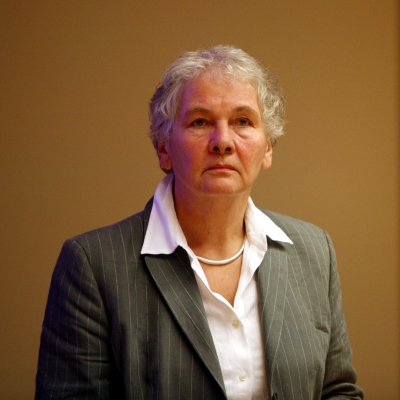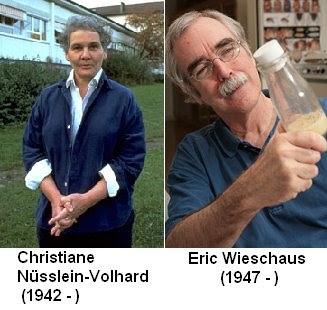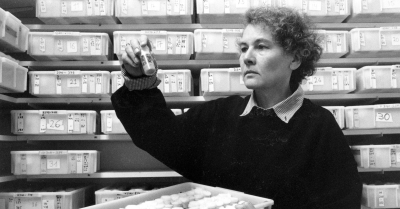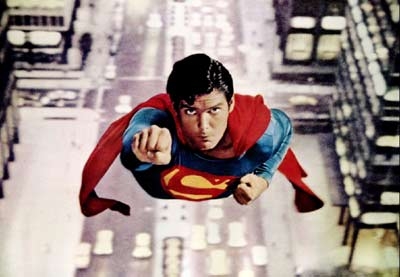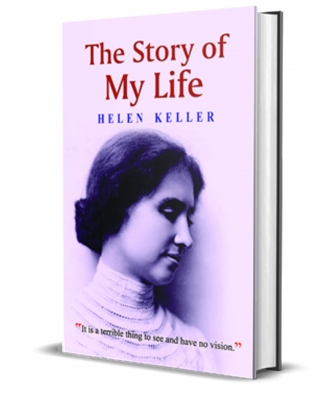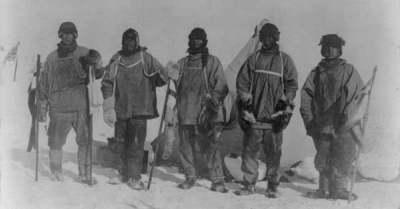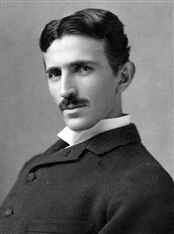
Anything but beans!
Who doesn't remember Pythagoras and his theorem that has dedicated chapters in math textbooks? Well, this philosopher and mathematician had many followers who had certain rigid rules, one of them being the avoidance of beans at any cost! If that wasn't odd, Pythagoras stuck to this principle at the cost of his life. According to legend, when Pythagoras was chased by a band of ruffians, he steadfastly refused to take shelter in al field of beans!
Copper-nosed, party freak, mathematician
How often do you find someone who ended up losing his nose in a mathematical formula disagreement that escalated into a feud? That's Tycho Brahe for you! He wore a prosthetic copper nose for the rest of his life. That's not all, though. Being a party freak, he threw lavish parties on his private island, with a jester entertaining his guests.
The 'no fuss' eater
A paleontologist who provided a full description of the dinosaur fossil Megalosaurus had a strange appetite for unimaginable things. In his lifetime, he had eaten the meat of a panther, puppies, a porpoise, bluebottle flies and even tasted bat urine. But do you know what takes the cake? William Buckland ate up the heart of King Louis XVI which was displayed to him in a silver casket by Lord Harcourt who collected oddities. The reason? He was unable to resist the temptation!
All under a tree
This 18th century African American engineer, astronomer and tinkerer has many achievements to his name, including building the first clock completely built and assembled in America, surveyed boundaries of areas for maps and predicted eclipses. If ever you're wondering how he got the time to accomplish so much, the answer is that he went with very little sleep most of his life. Like us, he didn't like to sleep comfortably in a bed. Instead, he wrapped himself up and dozed under a pear tree and observed the heavenly bodies, going to sleep only when it dawned.
Diary-writing obsession
Buckminster Fuller was an architect, inventor, designer and system theorist. He is most famous for creating the geodesic dome, a hemispherical structure capable of withstanding heavy loads. Fuller, however, had his quirks. In the 1960s and 70s when he travelled frequently to lecture at different locations of the world, he always wore three watches; one for his current time zone, the other for the location he'd visit and a third corresponding to his office's time zone. He was also a meticulous diary writer. He was so particular about reporting his life in detail that from 1915 to 1983 his diary entries amounted to 270 feet (or 82 metres) of paper! Anybody who wishes to pore through this behemoth collection can find it at Stanford University.
Three cheers to Tesla!
Nikola Tesla is considered one of science's unsung heroes. He made major breakthroughs in several inventions, though he didn't get due credit. It is believed that Tesla had Obsessive Compulsive Disorder (OCD) and refused to touch anything that was even a little dirty. Strangely, he was also averse to round objects and pearl earrings. If that isn't strange enough, the scientist was so fond of the number three that as a way of paying tribute to his favourite number, he walked around any building three times before entering it!
Picture Credit : Google
